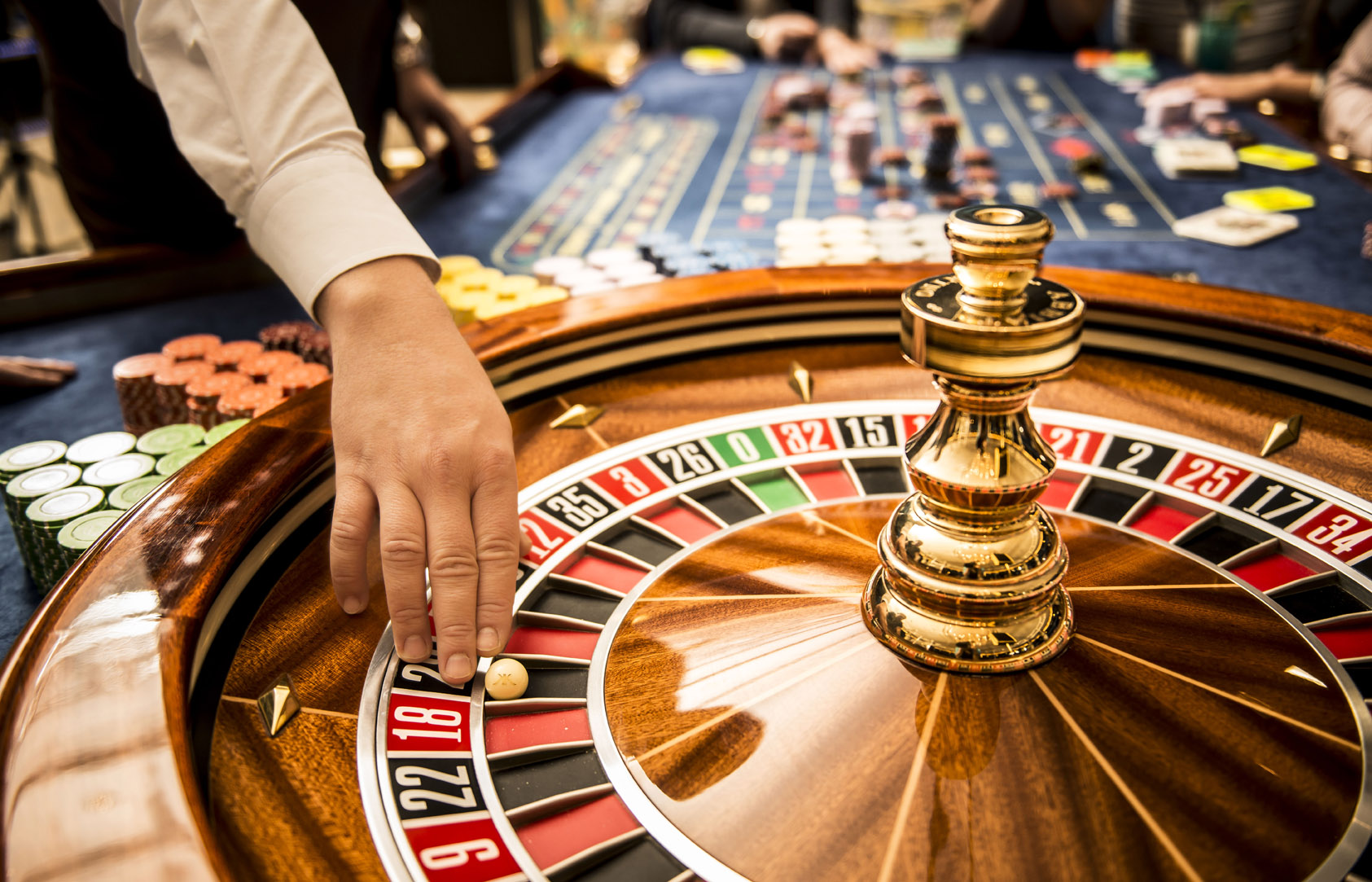
Casino games have captivated for years a diverse audience, delivering not only the thrill of chance but also a distinct experience designed for various types of players. Including the strategic minds who thrive on skill and calculation to the casual players seeking entertainment, casinos are aware of the subtleties of their audience and develop games that accommodate these diverse preferences.
In delving into the world of casino games, we find a diverse array of choices that attract all types of players. Competitive poker tables attract competitive players, while colorful slot machines draw in those seeking quick rewards. Whether it be the chance to win big or simply savoring the social environment, casinos tailor their game offerings to ensure that everyone finds a spot that feels comfortable and engaging. Recognizing how these games are designed for diverse types of players can enhance not only our appreciation of them but also our approach to choosing which games to play.
Grasping Participant Groups
In the multifaceted world of gambling games, participants can be grouped into distinct types based on their incentives and choices. These player kinds range from the relaxed and community-oriented gamers, who enjoy the entertainment value and interactive connections that gambling provides, to the more analytical and methodical players, who seek to boost their odds and gains. xx88 Grasping these distinct player types is essential for casinos to customize their games and create engaging environments.
One frequent type is the social player, who considers casino games as a form of community interaction and fun rather than a serious gambling activity. These gamers often enjoy games that encourage participation and friendship, such as poker. Their emphasis is on the experience rather than the result, so lively atmospheres and collective moments are what they cherish the most.
On the opposite end of the range, tactical players are inspired by rivalry and the search of expertise. They tend to lean toward games that necessitate strategic thinking and strategy, such as poker, where their abilities can affect the result. This category often engages with the games on a deeper level, utilizing knowledge and approaches to gain an edge. Understanding these motivations allows casinos to design atmospheres and game selections that suit to each participant’s distinct likings.
Strategies for Game Design
Gambling games are designed with diverse player types in mind, utilizing various strategies to draw in and engage them. For recreational players, the focus is on ease and clarity. Games like slot machines are often visually appealing with straightforward mechanics. This enables players to enjoy the gameplay without a difficult learning curve, fostering an welcoming atmosphere. The bright colors, engaging audio, and themes create a fun environment where players can easily get immersed and entertained.
For strategic players who enjoy a more profound level of involvement, games such as poker and blackjack offer complexity and strategic elements. These games incorporate strategy and decision-making, attracting to players who thrive on challenge and want to exercise their cognitive abilities. The design of these games regularly includes complex rules and mechanics that challenge players to hone their skills and develop strategies over time, creating a rewarding experience for those who appreciate perfecting the game.
Moreover, community-oriented players are considered through games that emphasize interaction and community. This comprises live casino options and multiplayer formats, which foster a sense of camaraderie among players. The design of these games often incorporates communication tools and communal aspects, allowing players to connect and exchange insights. By building an environment where participation is encouraged, casinos can effectively engage social players, making the gaming adventure more enjoyable and unforgettable.
Enhancing Participant Satisfaction
Casino games have advanced significantly to provide a more engaging experience for players. Application developers focus on stunning images, dynamic sound effects, and creative gameplay mechanics that draw players into the casino atmosphere. By employing tech, such as virtual reality and augmented reality, casinos ensure that gamers feel as if they are part of a dynamic environment, enhancing not only the enjoyment of the games but also the entire enjoyment of being in a casino.
Player interaction is another key element in boosting gamer satisfaction in casino games. Many options are designed to facilitate engagement among players, whether through multiplayer modes or chat features. This social aspect is attractive to gamers who appreciate connecting with fellow players while engaging, promoting a sense of community. Moreover, community aspects can feature scoreboards, contests, and incentives for collaborative engagement, which attract competitive players and inspire them to come back for further.
Lastly, tailoring plays a vital role in adapting the engagement for diverse participant categories. Betting companies and title creators examine gamer activities and tastes to present personalized gaming recommendations and incentives. By grasping the unique interests of players, gaming establishments can present personalized deals, incentives, and new game releases that satisfy each individual, thus boosting their total enjoyment and commitment to the casino.
